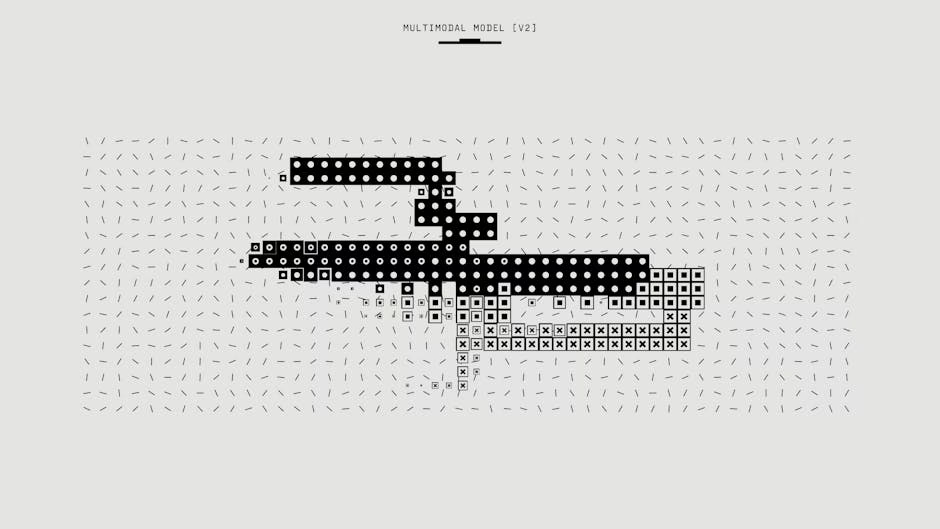Stable Diffusion vs. Midjourney: Comparing AI Image Generation in the Age of Diffusion Models
The landscape of AI-generated imagery has been revolutionized by diffusion models, with Stable Diffusion and Midjourney emerging as two of the most popular platforms. As these technologies continue to evolve, users and developers alike are asking: which one generates better images?
The Rise of Diffusion Models
Diffusion technology has become the backbone of modern AI image generation, extending beyond images to other domains. Recent developments suggest diffusion models are making significant inroads into language processing as well. The Mercury Coder, a diffusion-based language model (dLLM), recently claimed performance speeds 10 times faster than GPT-4o Mini and Claude 3.5, signaling that diffusion technology is expanding its reach beyond visual content creation.
Stable Diffusion: Open-Source Flexibility
Stable Diffusion, developed by Stability AI, offers several distinctive advantages in the AI image generation space:
– Open-source architecture: Allows for community modifications and improvements
– Local deployment options: Can run on consumer-grade hardware like NVIDIA GPUs
– Customization: Supports fine-tuning and model adaptation
The open nature of Stable Diffusion has fostered a vibrant ecosystem of developers creating custom models and implementations. This parallels developments in the language model space, where open-source models like QwQ-32B are now capable of running on consumer hardware (such as an NVIDIA 3090 GPU) while outperforming proprietary models like Claude 3.7 Sonnet in several benchmark categories.
Midjourney: Polished Results with Less Technical Overhead
Midjourney takes a different approach:
– Closed ecosystem: Operates through Discord with a more controlled environment
– User-friendly interface: Requires minimal technical knowledge
– Distinctive aesthetic: Known for highly polished, artistic outputs
Midjourney has gained popularity for its ability to produce visually striking images with minimal prompt engineering, making it accessible to creative professionals without technical backgrounds.
Image Quality Comparison
When comparing image quality between the two platforms:
### Stable Diffusion Strengths:
– Greater control over specific elements and details
– Ability to use custom models optimized for particular styles or subjects
– No content filtering on locally-run instances
– Continuous community improvements
### Midjourney Strengths:
– More consistent aesthetic quality out-of-the-box
– Better handling of composition and lighting
– Less technical knowledge required to achieve good results
– Regular updates from a dedicated team
The Broader Implications
The competition between these platforms reflects a larger trend in AI development. As noted in discussions about the future of online interactions, we’re approaching a point where AI-generated content may become indistinguishable from human-created content. This extends beyond images to entire online personas and interactions.
The ability to generate convincing images is just one aspect of this evolution. As one source article suggests, we may be entering an era where billions of AI users could be deployed across the internet, making it increasingly difficult to distinguish between human and AI-generated content of all types.
Which Is Better?
The answer depends entirely on your needs:
– Choose Stable Diffusion if: You need complete control, want to run locally without subscription costs, or require specific customizations for specialized use cases.
– Choose Midjourney if: You prioritize ease of use, consistent aesthetic quality, and don’t mind the subscription model or working within content guidelines.
Many professional users maintain subscriptions to both services, leveraging the strengths of each platform for different projects.
Looking Ahead
As diffusion technology continues to evolve across both image and language domains, we can expect the capabilities of both platforms to improve dramatically. The recent developments in diffusion-based language models suggest that the underlying technology is far from reaching its full potential.
The integration of these technologies with AutoGPT and other autonomous agent frameworks may soon enable entirely new creative workflows, where AI can generate and refine visual content with minimal human intervention.
Whether you prefer the open ecosystem of Stable Diffusion or the polished results of Midjourney, one thing is clear: diffusion-based AI image generation has permanently transformed creative workflows and will continue to evolve at a rapid pace.
Sources
- The next wave of Social Network, Billions of AI users deployed on the internet – Reddit Singularity


